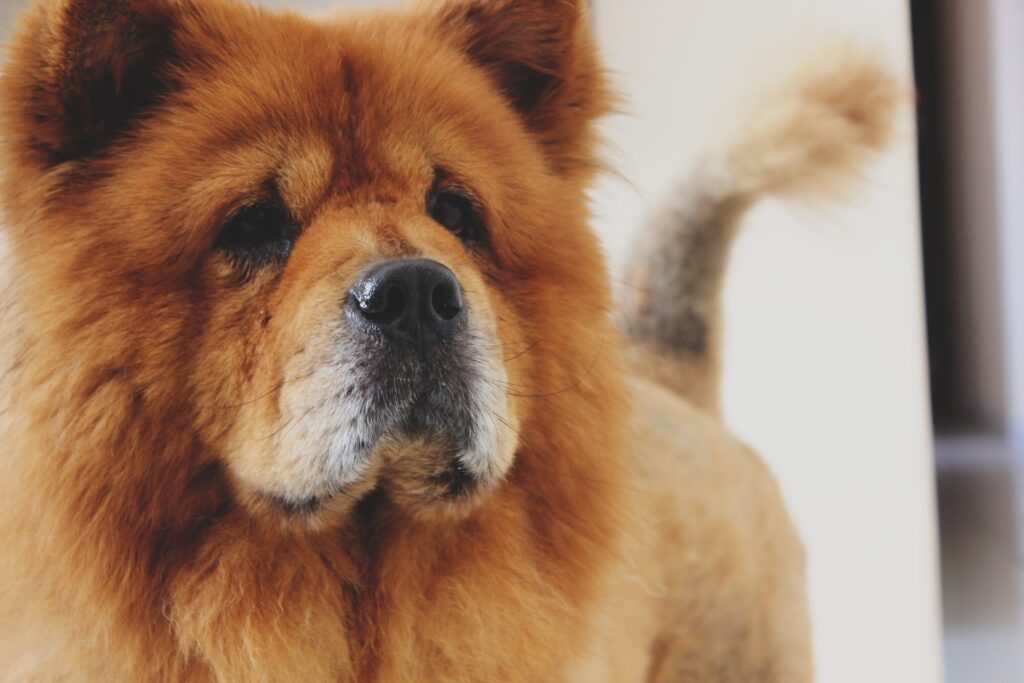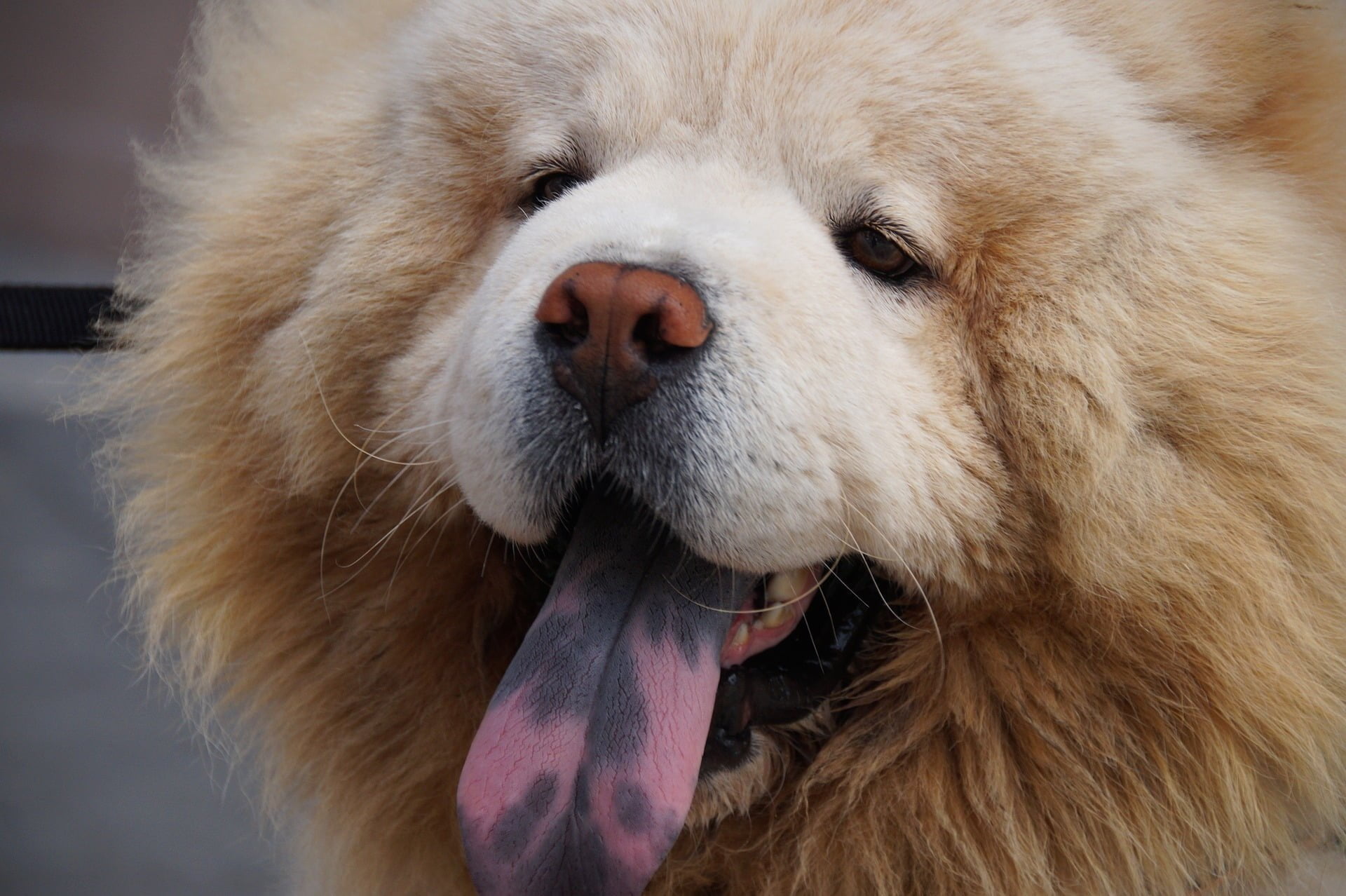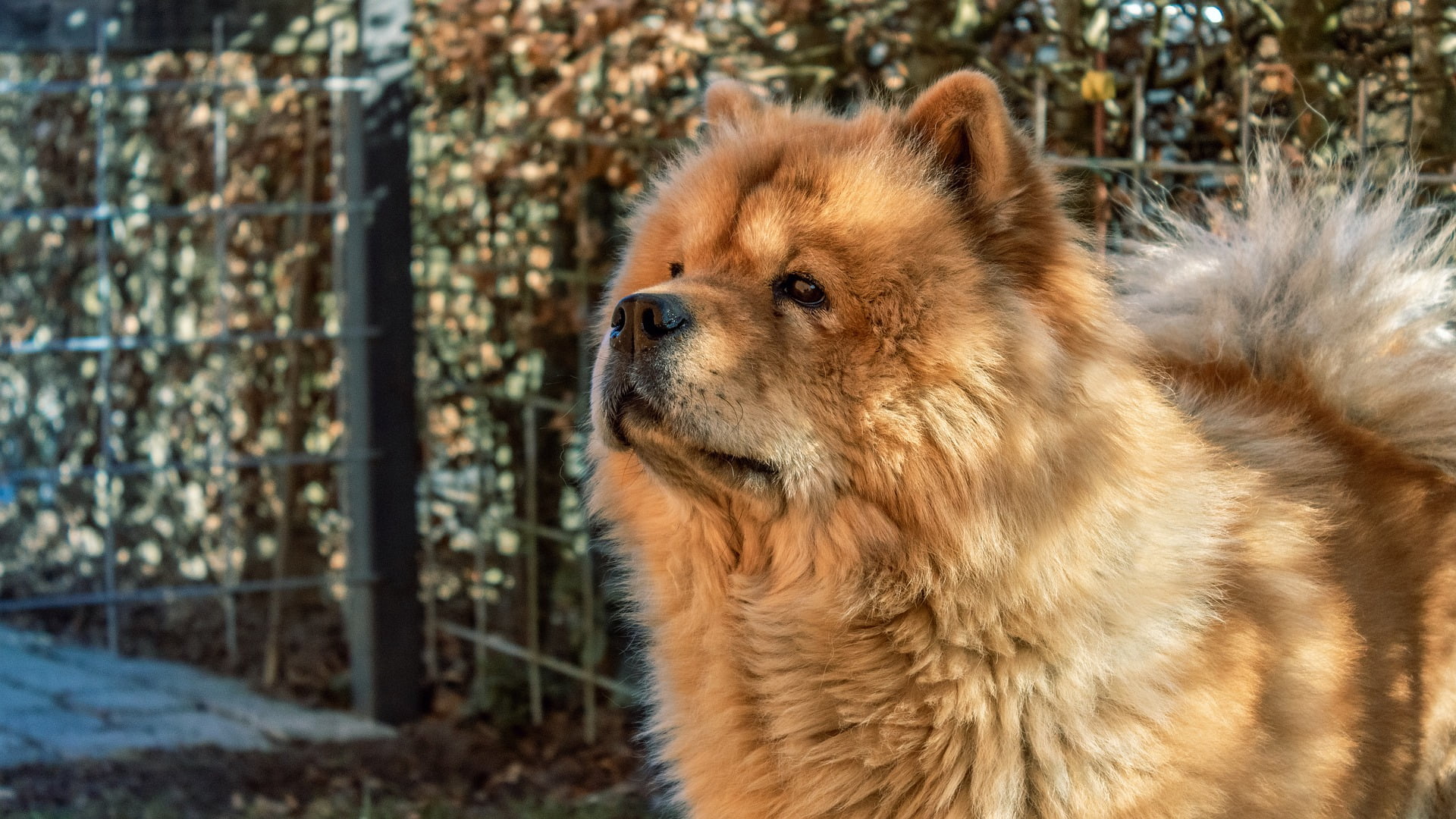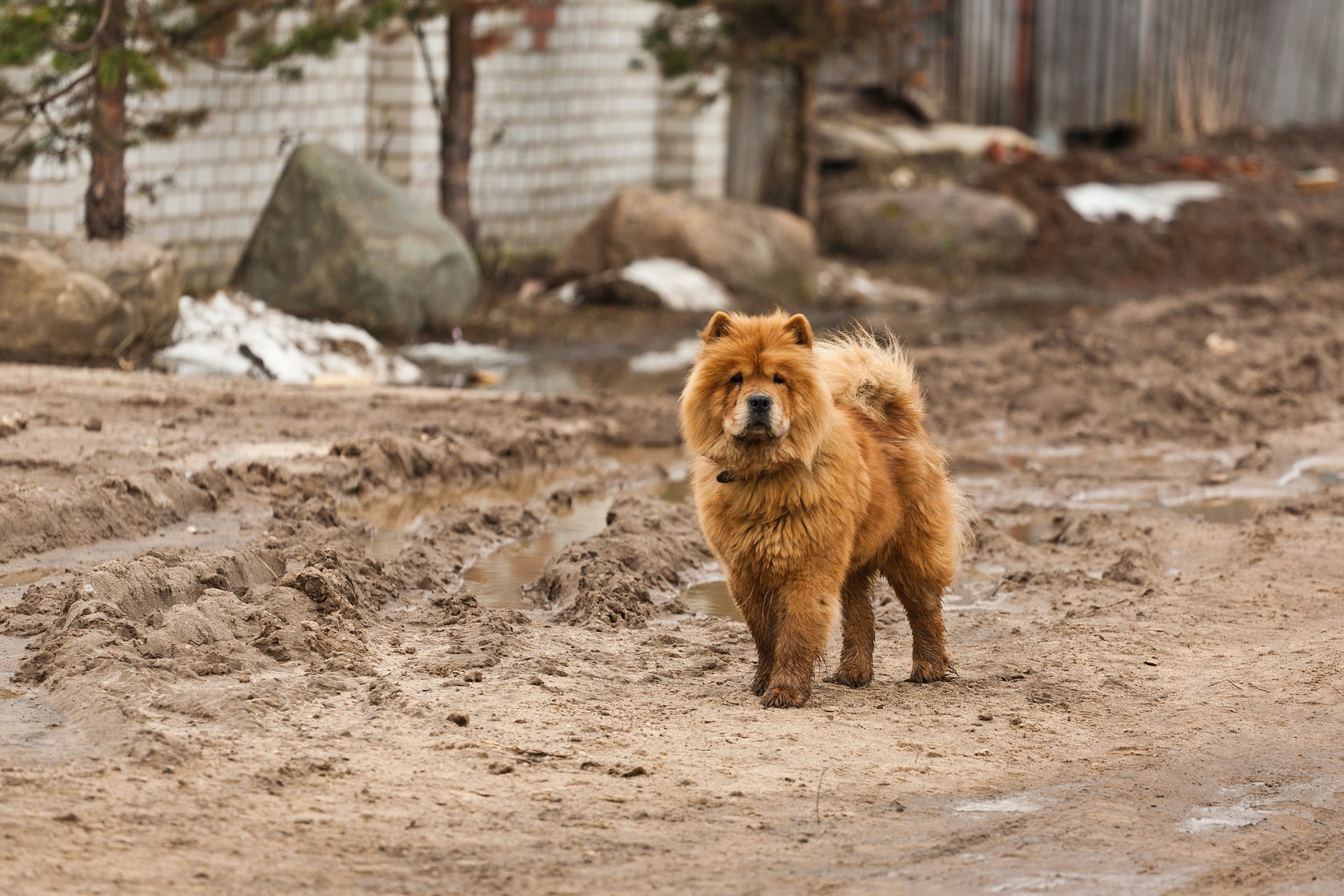
- Home
- Stud Dogs
Some of our most popular Stud Dog Breeds:
- Puppy Litters
- Dog Services
- Dog Breed Profiles
- Blog
- Contact Us
Chow Chow Breed Profile
- Breed Profiles
- Dog Breeds
- May 28
- Share post

The Chow Chow is a very unique and distinct-looking dog breed that is native to Northern China. Its large head, deep set eyes, curly tail and a huge mane of hair make the dog breed vaguely catlike. Their blue-black tongue makes them unique from any other breed. According to Chinese legend, the Chow Chow’s tongue got its colour as, upon creation, it was believed to have licked the drops of colour as the sky was being painted.
The Chow Chow is a purebred dog with a strong sense of loyal companionship towards their owner, however, this breed is highly protective and territorial and, whilst being loyal and defensive of their family, they can often be rather suspicious of strangers. The Chow Chow is not too fond of affection and fuss, instead, they are a quiet, attentive member of the family.
Typical Chow Chow Facts:
Height: 18-22 inches (46-56 cm)
Weight: 40-70 lbs (18-31.5 kg)
Average Litter Size: 4-7 puppies
Life Expectancy: 12-15 years
Kennel Club Classification: Utility Breed group
Good with Children: No
Colour of a Chow Chow:
The Chow Chow breed is separated into rough and smooth coated Chows. Their colours include black, blue-grey, cinnamon, cream and red. The rough-coated Chows have a woolly undercoat and a topcoat that is coarse and very full around their head and neck. The smooth-coated Chows Chows also have a double coat, but it is smoother and much shorter. When the Chow Chow is a puppy, their tongue is pink, however as they grow older, their tongue naturally gets darker, attaining the blue-black colouring that makes them so unique.

Grooming a Chow Chow:
The Chow Chow can have either a rough or smooth coat, but both require regular grooming – at least twice a week – to maintain hygiene and to control their shedding, which occurs twice a year. Nail trimming is essential to avoid overgrowth and splitting, as well as dental hygiene, which will consist of brushing your Chows teeth two or three times a week. Like with all breeds, checking and cleaning your Chow Chow’s ears around once a week is also a crucial step in the grooming process to prevent any irritation.
Chow Chow Common Ailments/Health Issues:
Due to the breed’s uniqueness, Chow Chows are usually owned and bred by responsible breeders that strive to maintain excellent health standards, meaning health conditions are less likely for this particular breed. However, the Chow Chow has a few hereditary health problems, such as hip dysplasia, entropion (irritation to the Chow Chow’s eyelids) and brachycephalic syndrome, which owners should be made aware of to reduce the risk.
Temperament of the Chow Chow:
The Chow Chow has a reputation for aggressive behaviour. However, due to their intelligence, if trained assertively from an early age, they can be obedient and sociable with other dogs. The Chow Chow is not recommended as a lapdog or for a first-time owner, as they can be quite a handful, however, they can be excellent watchdogs for the household. Their temperament is often mistaken – they take their role as being responsible for their family very seriously, and it can often come across as viciousness.

Training a Chow Chow:
When it comes to training, Chow Chows are very intelligent, but they will need an assertive owner that will deliver discipline for obedience training. A Chow needs to understand who the boss of the household is, and puppy schooling is recommended as soon as possible to teach respect for their owner and the correct training techniques.
While the trainer needs to be assertive, physical punishment should not be used, as it can result in the Chow being aggressive and defensive. Instead, they should be treated with respect, and, in return, they will return it with dignity.
Exercise for a Chow Chow:
The Chow Chow is not an overly active breed in comparison to other larger dog breeds, however they still need to be exercised routinely in order to maintain fitness and health. Two or three walks of up to 15 minutes per day should be enough, along with time in the day to wander off-lead around a secured garden.
Muscle-building exercise involving strength techniques is also beneficial to keep their joints strong and to prevent any injury, however this is not essential.

History of the Chow Chow:
Dating back to 206 BC, the Chow Chow is believed to be a native of China, and they were used as temple guards, hunters, sled pullers, livestock guards and, unfortunately, as a source of food at desperate times. Despite their non-sporting Kennel Club classification, hunting was believed to be their biggest skill and talent. Although there are different theories as to where exactly the Chow Chow first originated, it is thought to be one of the oldest of all breeds, being genetically similar to the wolf with their thick coat and originating from areas of colder climates. The first known indications of the breed were from Han Dynasty pottery and paintings during 206 BC to 22 AD.
The name Chow Chow was not utilised in China, where they were given names like “black-tongue dog” and “bear dog”. Instead, it was derived from an English term used in the 19th century by merchants to describe cargo from the Far East, and as the dogs were occasionally part of the cargo, the name caught on.
Although the origin of the Chow Chow is blurred and often argued with a variety of theories, their responsibilities were believed to include grand companions to Chinese nobles and emperors. They have been exhibited at the London Zoo as the “Wild Dogs of China” in the 1820s, but were not said to have popularised until a breed club was formed in 1895 by Queen Victoria, which sparked the awareness of the breed as a companion, rather than a guard or hunting aide.
Chow Chows were then brought over to the US in the late 1800s, and they were eventually recognised by the American Kennel Club in 1903. White House Resident Calvin Coolidge had two Chow Chows as they grew in popularity amongst the rich and famous in America during the 1920s.
Today, the Chow Chow still has recognition for the breed’s ancient and unknown history, as well as their striking appearance.
Chow Chow Stud Dog Listings
A dog owner since the early 80s, after convincing his parents to buy a Yorkshire terrier named Sadie, Darren created Dream Dogs so dog owners could find the best dog related information on the Internet.
[…] © Dream Dogs […]